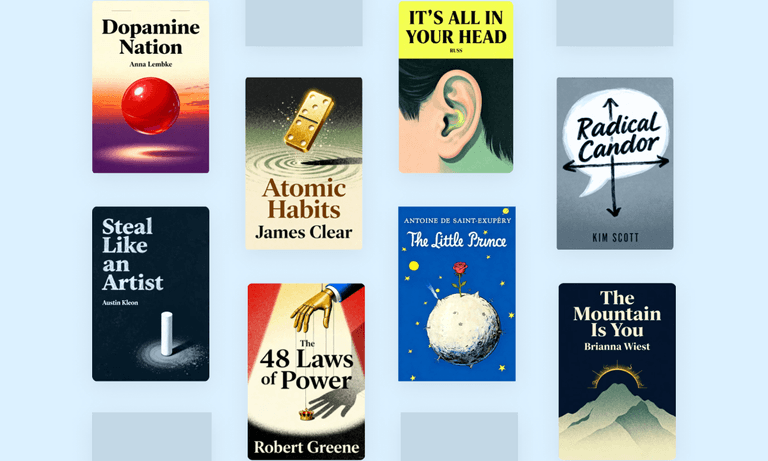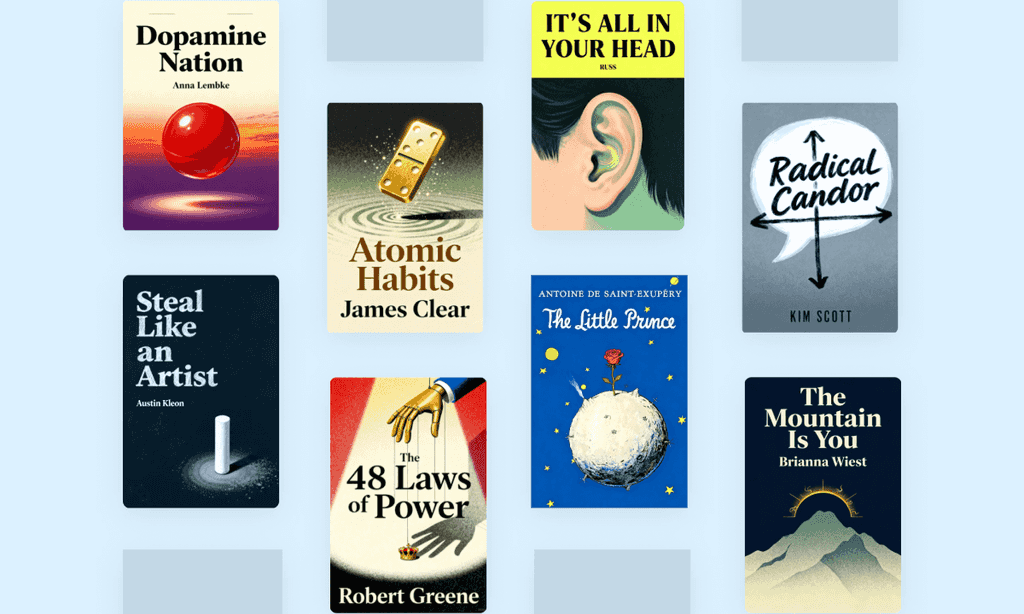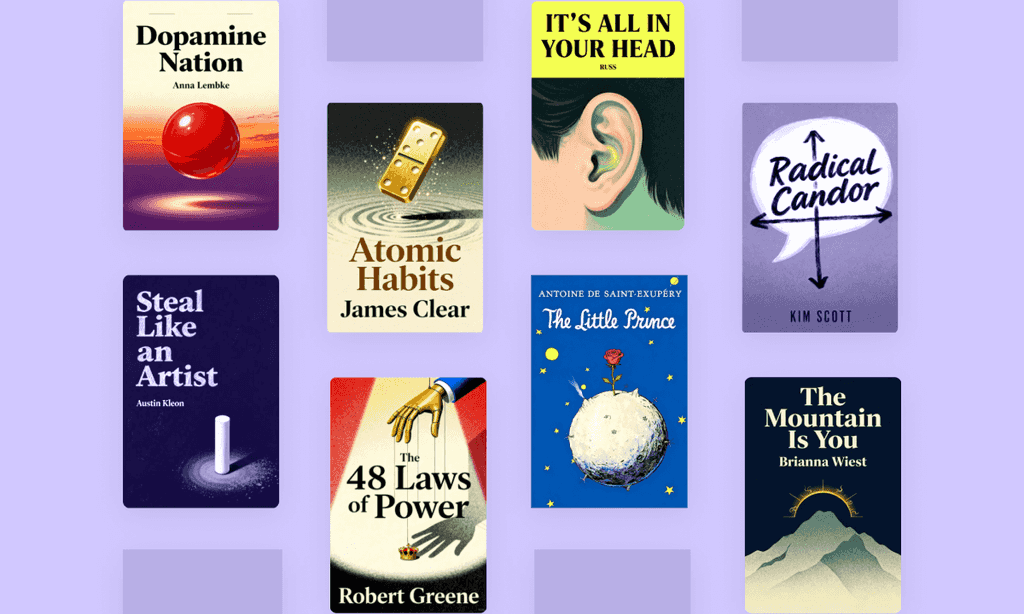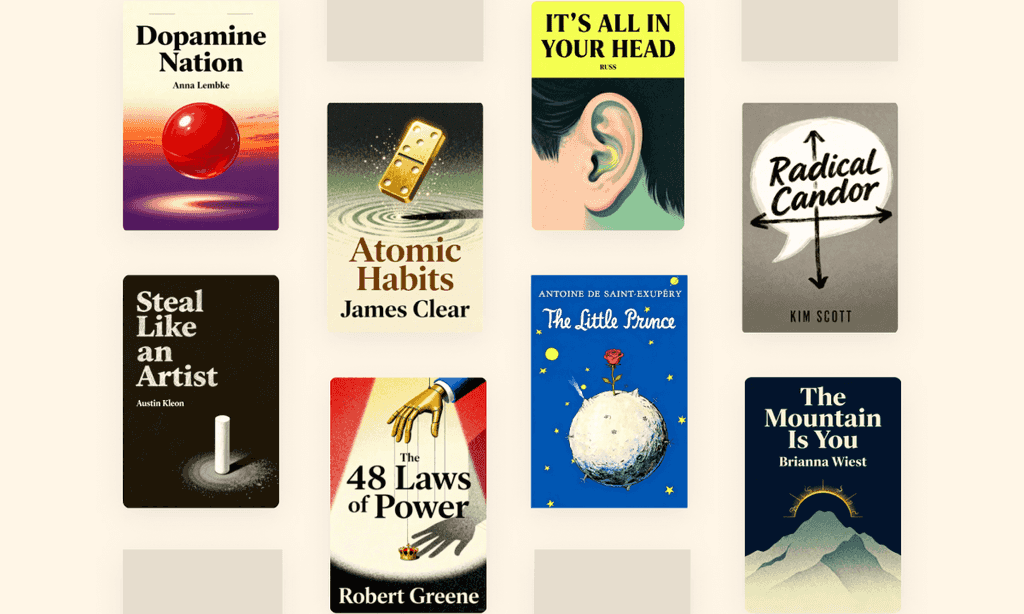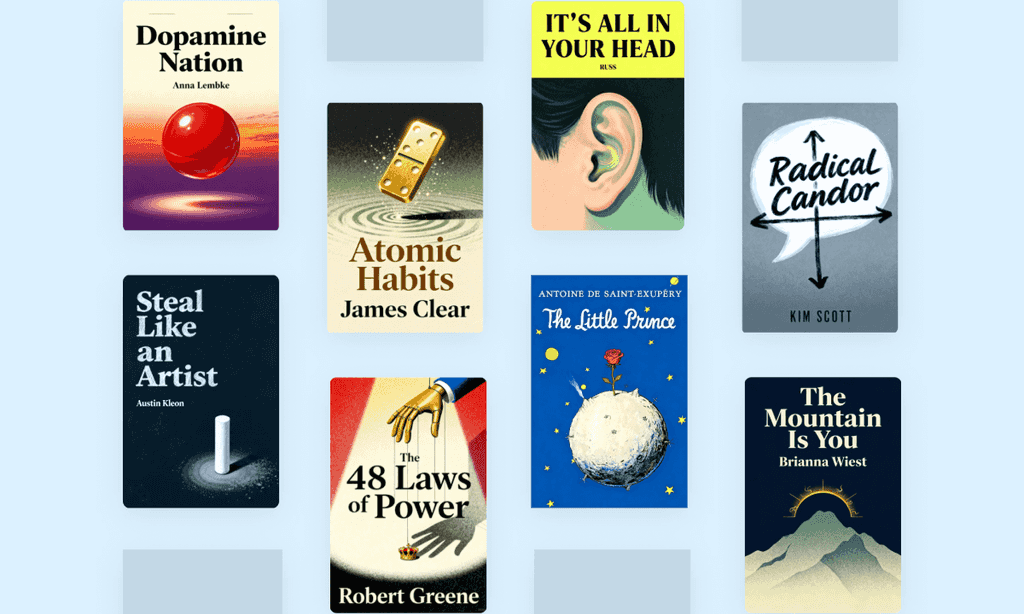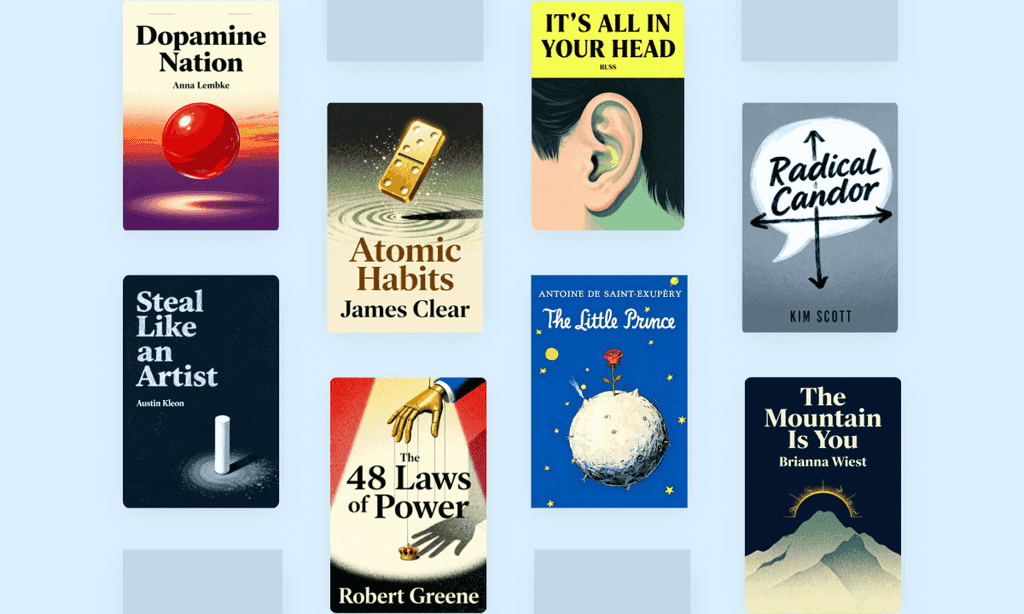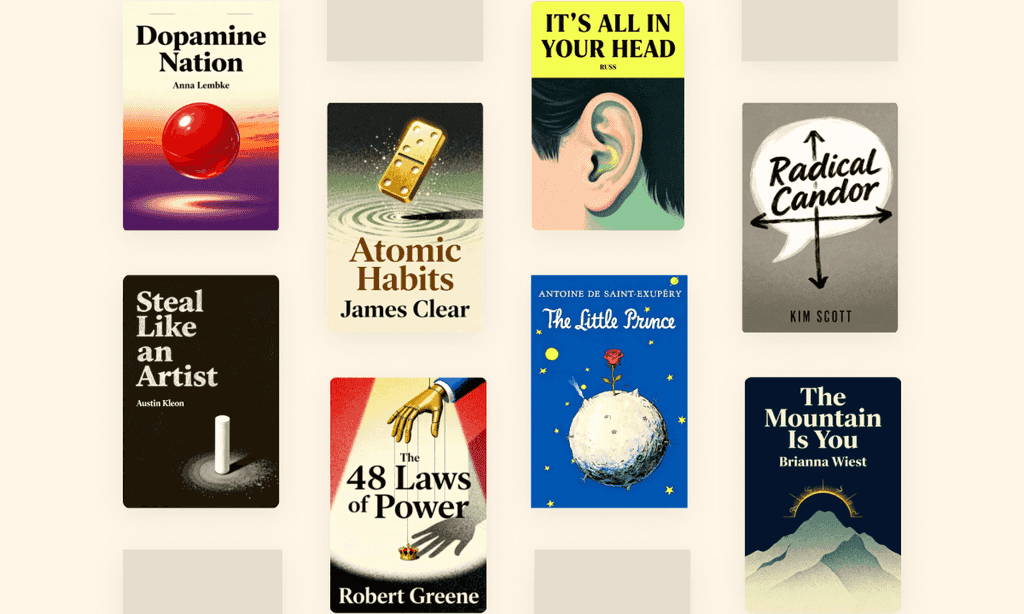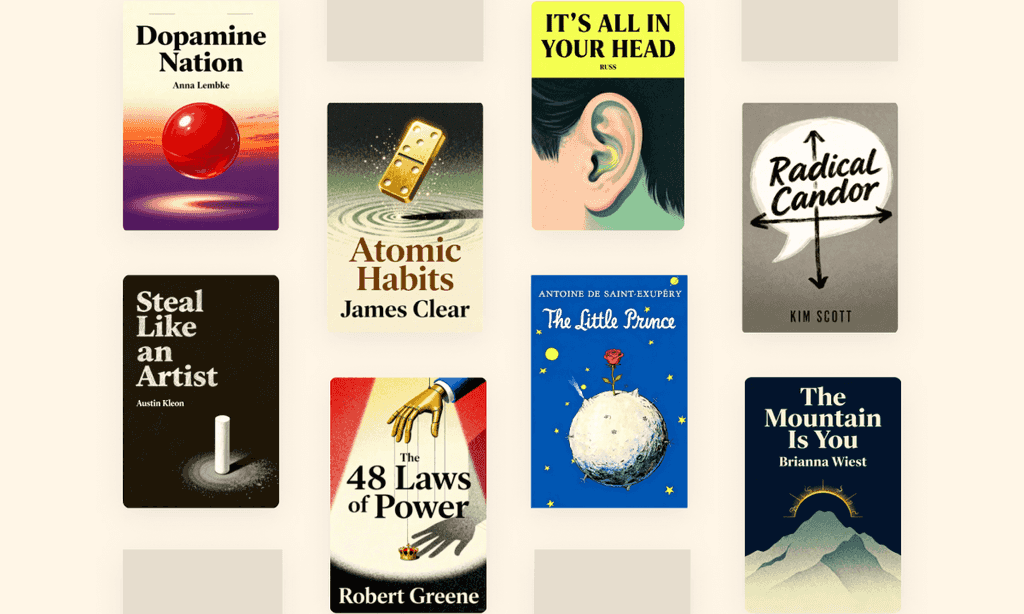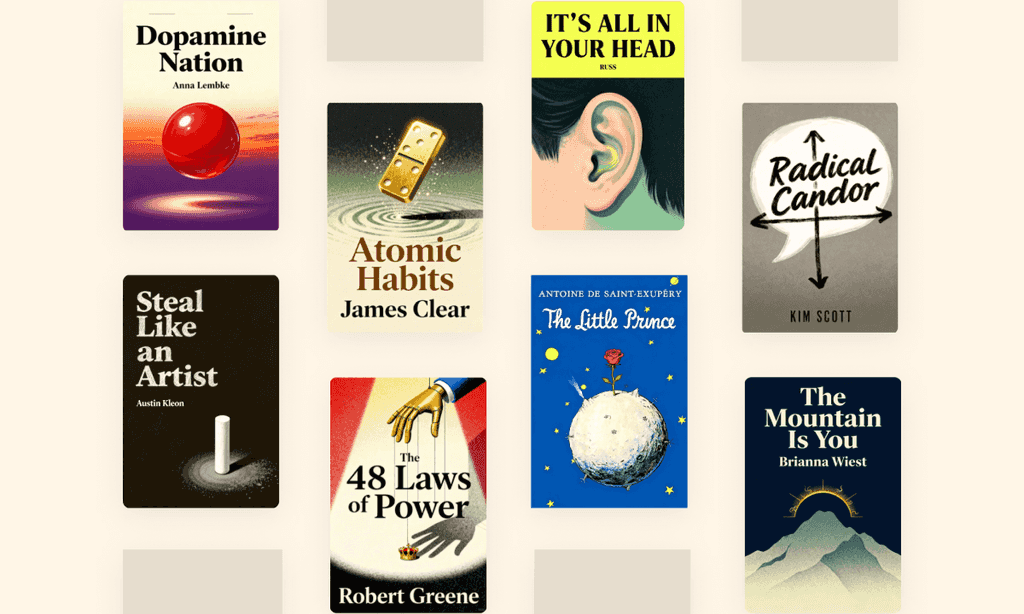On War by Carl von Clausewitz
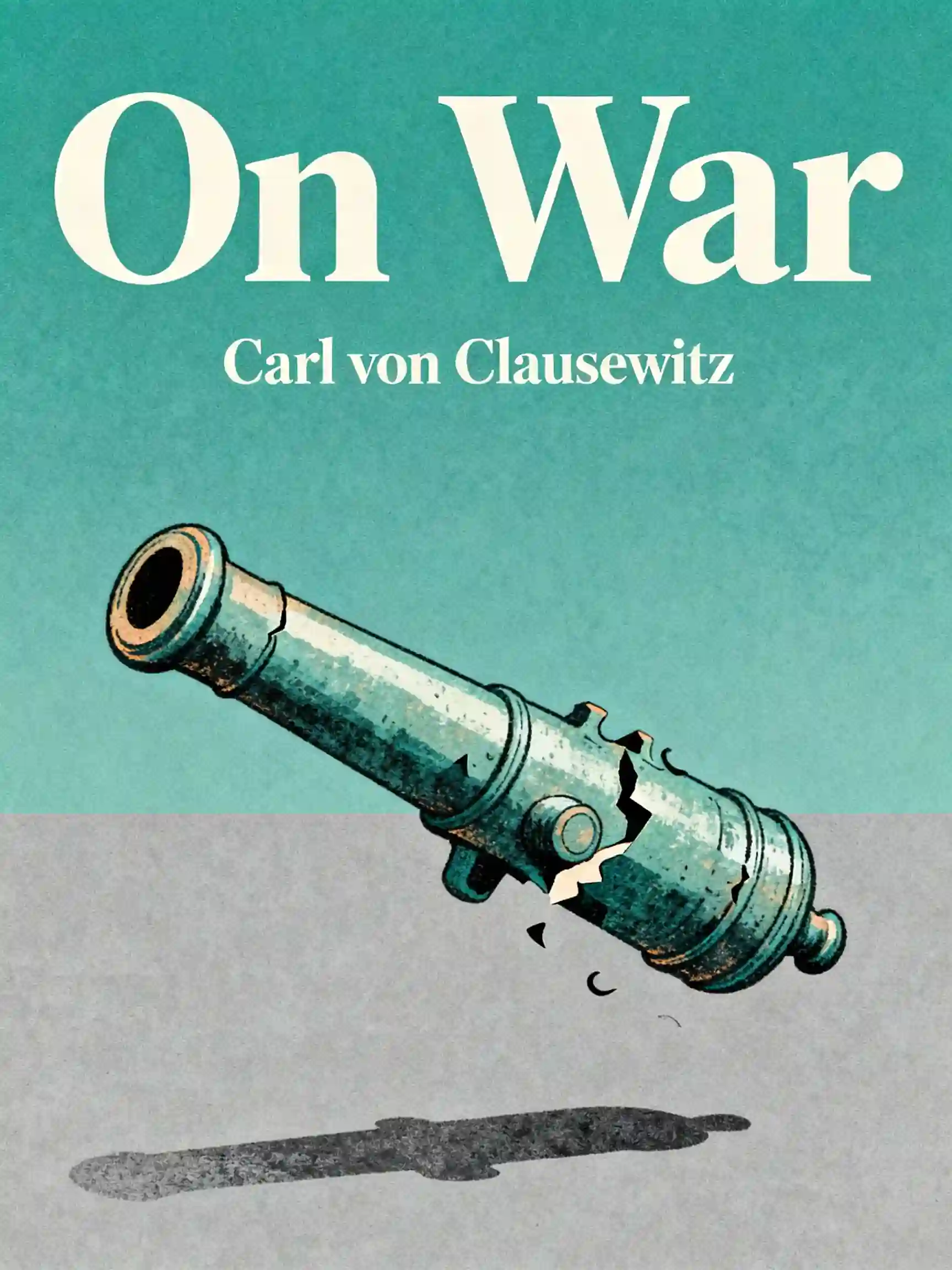
Overview of On War
Clausewitz's "On War" - the military masterpiece that shaped modern conflict theory. Found in Al Qaeda hideouts and cherished by generals like Patton, this paradoxical treatise asks: Can we ever truly control the unpredictable chaos of warfare?
About its author - Carl von Clausewitz
Carl Philipp Gottfried von Clausewitz (1780–1831) was a Prussian general and pioneering military theorist whose seminal work On War (Vom Kriege) revolutionized the study of warfare and strategy.
A veteran of the Napoleonic Wars, Clausewitz combined his battlefield experience with a rigorous analytical mind to explore war’s philosophical and political dimensions, famously declaring it “the continuation of policy by other means.” His treatise, published posthumously in 1832, dissects themes like the “fog of war,” the psychological demands of leadership, and the interplay between military action and political objectives.
As director of Prussia’s War College, he emphasized critical thinking over rigid doctrine, advocating for adaptable strategies rooted in historical analysis. On War remains a cornerstone of military education, translated into dozens of languages and studied by strategists worldwide.
Clausewitz’s concept of “total war” and his focus on friction and uncertainty in conflict continue to influence modern defense theory, corporate strategy, and geopolitical analysis. The book is widely regarded as the most authoritative work on military science, with enduring relevance in academia and global security institutions.
Key Takeaways of On War
- War is politics pursued through violent means to achieve strategic goals.
- Defense holds inherent strength over attack due to positional advantage.
- Focus forces on decisive points while abandoning secondary objectives.
- Moral forces determine victory more than physical military strength.
- Strategic surprise creates tactical advantages but fades in prolonged conflicts.
- Counterattack transforms defense into offense when enemy momentum weakens.
- Political purpose must guide military operations to prevent aimless destruction.
- Maintain reserves to exploit opportunities rather than committing all forces.
- Fog of war demands simple plans with flexible adaptation.
- Pursue defeated enemies relentlessly to convert tactical wins into strategic victories.
- Combined arms warfare amplifies effectiveness beyond single combat elements.
- Logistics sustain campaigns but cannot replace battlefield decisiveness.
